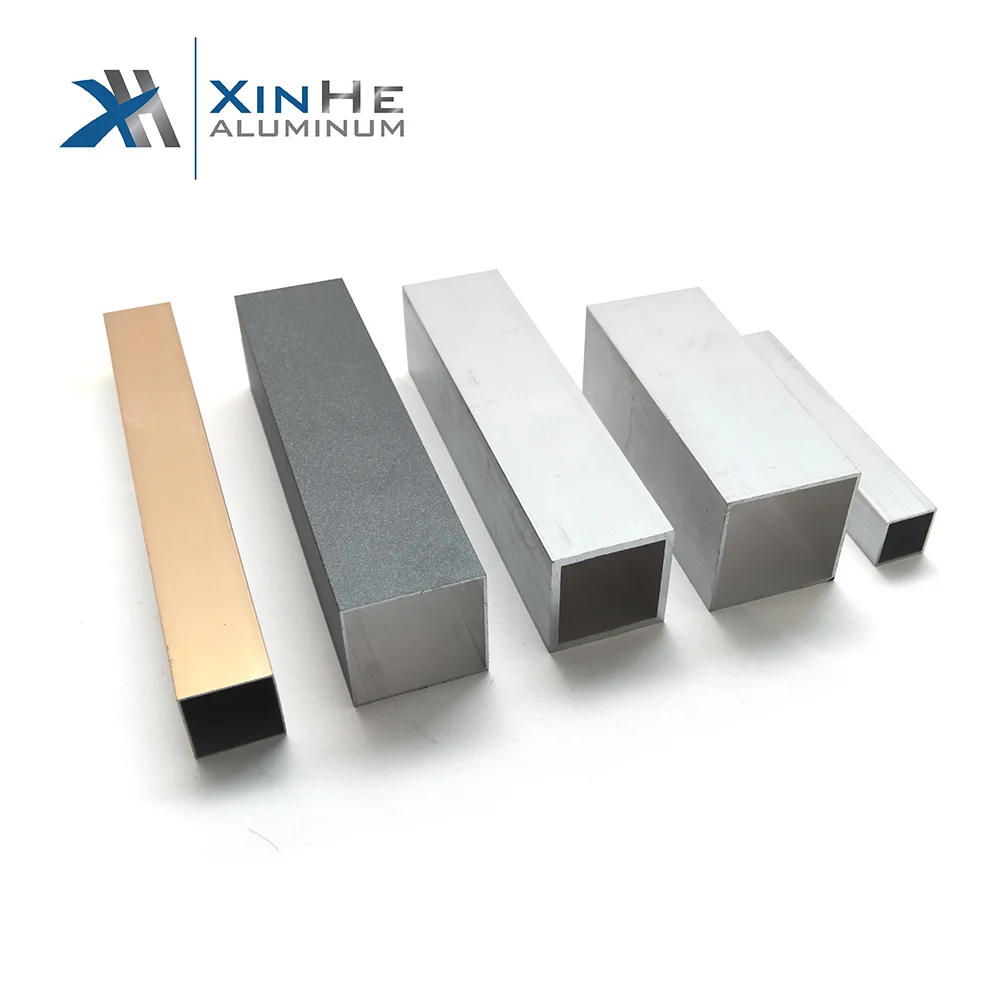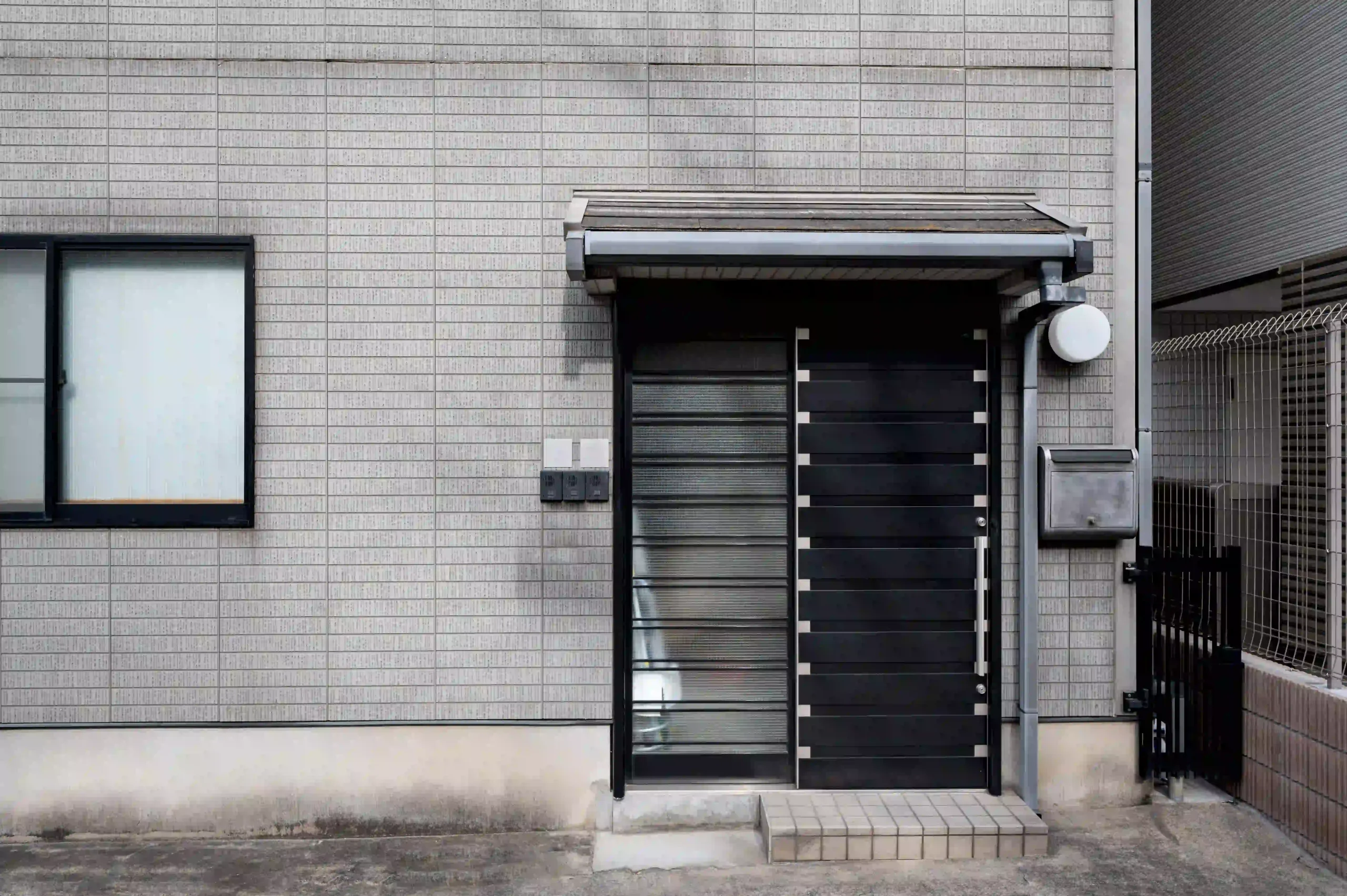When you need to cut aluminum tubes precisely; it’s important to use the tools for the job. A top-notch saw is crucial, for making cuts without causing any harm, to the material. Some great choices are hacksaws or band saws with fine tooth blades made for metal or circular saws to get the job done effectively. Each tool has its advantages; so choose the one that best fits your project’s size and precision needs.
Choosing the Right Saw
When selecting the saw for cutting aluminum tubes, it’s important to take into account the thickness and diameter of the tube you will be working with. Circular saws equipped with carbide-tipped blades are ideal, for materials whereas band saws provide flexibility for sizes. If you require portability a hacksaw may be suitable, for tasks. Remember that your choice of saw will impact the efficiency and precision of your cuts.

Preparation Steps Before Cutting
Make sure to prepare before cutting aluminum tubing by taking safety measures and securing the tube in place with a vice grip or clamp to prevent it from moving while cutting it. Remember to wear safety gear such, as goggles and gloves to protect yourself from metal shavings and sharp edges. It’s also important to measure the tube and mark the cutting line with a marker or scribe for precision and minimal material wastage.
How Should You Prepare Aluminum Tubing for Connection?
Properly preparing aluminum tubes is essential to ensure a connection and avoid any risk of leaks or weak joints. A key step, in the preparation process is cleaning the edges thoroughly to eliminate any contaminants that might hinder the connection process.
Ensuring Clean Edges
It’s important to have edges when getting your aluminum tube ready, for connecting parts properly. Start by using a degreaser to get rid of any oil or dirt and to clean off any oxidation that may be there. Having a metal surface is key, for making sure your weld or braze connections stick well and are quality. Also, consider sandpapering the edges to make them smoother and help when putting parts in the right way.
Preheating the Aluminum Billet
To improve the strength of connections, between aluminum tubes during welding or brazing processes preheating the aluminum billet is recommended to reduce tensions and facilitate material flow. It is important to ensure a temperature distribution across the joining area to prevent any flaws, in the final bond.
What are the Methods for Joining Aluminum Tubes?
Connecting aluminum tubes efficiently can be achieved using techniques such, as welding and brazing methods—each method offering benefits based on the specific application and desired material properties.
Welding Techniques
Welding stands out as an effective way to join aluminum tubes together. Typical approaches involve Tungsten Inert Gas (TIG) welding, along with Metal Inert Gas (MIG) welding. Precision is key in TIG welding for tubes while MIG welding excels, with materials. Mastering these techniques demands expertise to manage heat input and prevent distorting the aluminum structure.
Brazing Processes
Join aluminum tubes together, through brazed joints then weld them to avoid warping and distortion caused by heat at temperatures and achieve clean finishes using aluminum-silicon alloys as filler materials for increased joint strength and adeptness in brazed techniques to ensure durable connections, in cylindrical aluminum tubes.
By following these guidelines, linking aluminum tubes together effectively and securely ensures long-lasting and dependable connections that are ideal, for a wide range of uses.
For a wide range of high-quality aluminum tubes, consider exploring Xihui‘s offerings at aluminium tube.

How Do You Ensure a Secure Fitment?
It’s important to make sure that aluminum cylindrical tubes fit securely together for the structure to be strong and work properly. There are ways to do this such as using fastening methods or threaded connections, inside the tubes. Choosing the method according to what your project needs will help you create dependable connections.
Using Mechanical Fasteners
Fasteners, like bolts and screws, are great, for connecting aluminum tubes and quickly while handling loads effectively during assembly tasks. These fasteners should be made of materials that don’t react chemically to prevent corrosion caused by metals touching each other in a moist environment. Align your holes correctly. Use the amount of torque when installing fasteners to ensure a strong connection.
Additionally, it’s crucial to drill pilot holes in the tube before inserting fasteners to avoid cracking or deformations, in the material. Using washers can also aid in distributing weight and minimizing harm to the tube’s surface. Make sure that the fasteners you choose meet the required strength specifications, for your use case; using strong fasteners could result in failure when subjected to loads.
Internally Threaded Connections
When putting together aluminum tubes in spaces where external fasteners won’t work enough to hold them together securely and neatly finishing the job aesthetically pleasingly inside the tube by adding nuts or rods during the connection process using internally threaded connections becomes a strong alternative method to consider.
To ensure that threaded connections work properly make sure to inspect the alignment and tightness of the threaded parts. If your applications involve vibrations consider using a thread-locking adhesive to keep everything secure and prevent any loosening issues.
Why is Surface Treatment Essential?
Treating the surface of aluminum tube connections is crucial, for their performance and lifespan as it ensures the removal of contaminants and improves compatibility, between the connected components before joining them ultimately enhancing the durability and strength of the connection overall.
Removing Oxides and Preparing Surfaces
When aluminum is exposed to the air it naturally develops an oxide layer that can make welding and bonding processes challenging due, to its presence; hence it is crucial to eliminate this layer before joining materials in operations. To prepare the surface effectively for these operations sanding or grinding methods can be used to remove the oxide layer alternatively a chemical treatment like acid cleaning can also be employed to get rid of oxides and other impurities present, on the surface.
Making sure the aluminum surface is clear of any oils, dust, or other foreign materials is key, to achieving bonds and minimizing the chances of failure. A tidy surface improves the quality of weld joints and connections leading to durability and longevity, for the assembly.
How Can You Ensure Long-Term Durability?
Maintaining the longevity of connections created using aluminum tubes requires implementing approaches such, as applying protective coatings and conducting routine upkeep tasks to ensure durability over time is achieved successfully. By taking actions to safeguard your connections effectively and carrying out maintenance practices you can notably prolong their lifespan while minimizing downtime and maintenance expenses in the long run.
Protective Coatings
Protective coatings play a role, in shielding against corrosion and gradual wear and tear effects over time. Widely used for aluminum tubes is anodizing due to its ability to improve corrosion resistance and surface hardness while preserving the metals appeal. Furthermore powder coating not enhance the aesthetics. Also adds a substantial protective coating, against environmental threats.
Before you apply coatings on a surface make sure to prepare it to ensure good adhesion. The key is to follow the manufacturer’s guidelines, for applying and letting it cure properly to achieve the desired durability of the coating. It’s important to check the coating, for any signs of wear or damage. This way you can catch any issues. Fix them before they turn into bigger problems.
Regular Maintenance and Inspection
Maintaining a schedule, for checking your aluminum connections is crucial to make sure they last long-term well keeping the connections intact and in shape for an extended period. It’s important to conduct checks to spot any wear and tear or signs of corrosion or looseness, in the connections so that you can address them promptly before they escalate into problems. Keeping the surfaces clean and clear of any debris is essential to spot and deal with any problems that may arise.
In addition, to that and also keeping track of maintenance tasks can offer observations on how things working over time and potentially forecast upcoming maintenance requirements better too. By sticking to a maintenance schedule diligently you can cut down the chances of malfunctions and extend the lifespan of your aluminum tubing connections to their fullest potential.
By adhering to these crucial steps in connecting aluminum cylindrical tubes, you can successfully achieve durable and efficient assemblies tailored for various applications. For an extensive selection of high-quality aluminum tubes, explore the offerings available at Xihui Factory, ensuring you have the right materials for your projects.





